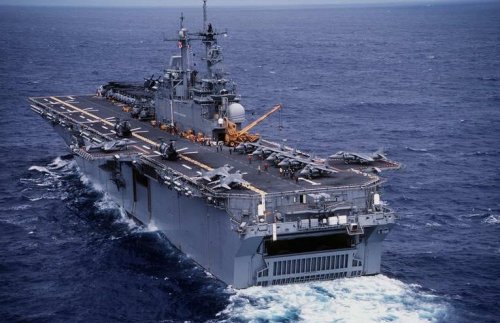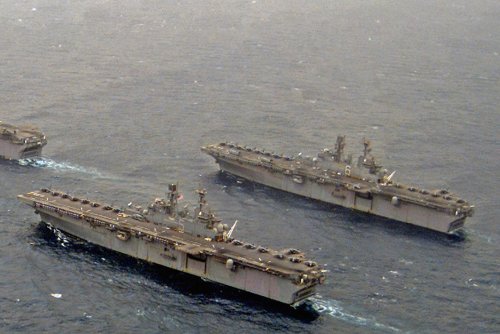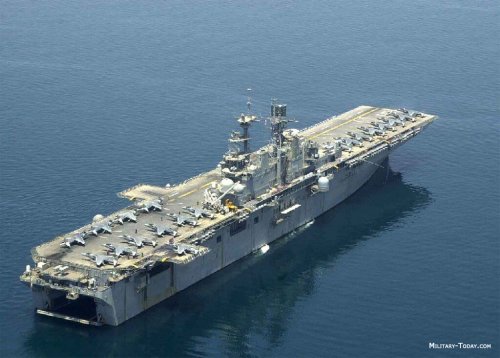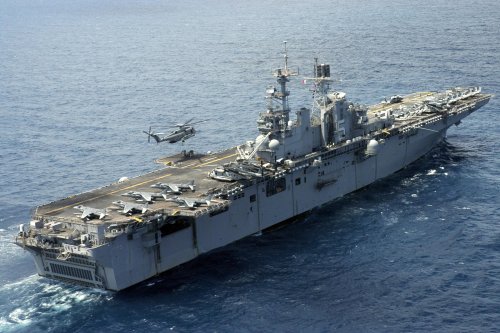A report is making the rounds of defense blogs of a test of the F-35A’s close-in dogfighting capability. According to this report, the F-35A was significantly less maneuverable than the opposing aircraft, an F-16C, and was at a distinct disadvantage when it came to a duel involving cannons. The bevy of committee critics of the Joint Strike Fighter have jumped on this report as further evidence that the aircraft is inferior to those it is intended to replace and the program is a failure.
Care to guess when was the last time a U.S. fighter fired its cannon in a dogfight with a hostile aircraft? It was more than 40 years ago, during the Vietnam War. In the most recent air campaign, the 1991 Persian Gulf War, the U.S. and its coalition allies shot down 36 Iraqi aircraft, all with missiles. A number of these engagements were within visual range but involved the use of air-to-air missiles. It is true that during this conflict an A-10 used its cannon to shoot down an Iraqi helicopter, but that was it.
The U.S. experience mirrors that of air combat generally. According to the best study on the subject of air-to-air combat, by CSBA’s John Stillion, the use of guns in air combat has declined from a high of more than 60 percent of all engagements in the 1960s to around 5 percent for the last 25 years. Around 90 percent of air losses since 1990 have been inflicted by missiles. The reasons for this are simple. First, continuing improvements in sensors and missiles. Second, the growing connectivity of aircraft. Third, new tactics that exploit the first two sets of advances.
While it would be nice to have a fighter that can do everything equally well (and all of them better than any adversary) it is not clear that this is necessary. The Flying Tigers were able to beat the Japanese with a fighter, the P-40, which was inferior in dogfighting to several of those flown by their adversary. This was as a result of the innovative tactics developed by the unit’s leader, Claire Chennault, which capitalized on the strength of the P-40. Put simply, the solution was don’t dogfight. Instead, the Tigers were trained to get above their opponents and conduct diving passes.
Do I really need to point out that the Israeli Air Force, which wrote the book on air-to-air combat, is acquiring the F-35? What is it about the aircraft that they don’t know but the bloggers do?
The important conclusion to draw from the above discussion is not that the F-35 is a bad aircraft, but that the existing fleets of fourth-generation fighters are increasingly obsolete. Stillion’s data shows that victory in future air-to-air combat will go to the side that can see first and shoot first. This is the point made by the F-35 test pilot whose report is the centerpiece of the above referenced blogs: “ if you’re flying a JSF, there’s no point in trying to get into a sustained, close turning battle with another fighter. ‘There were not compelling reasons to fight in this region.’” If one accepts the standard set by the anti-F-35 blogs, the aircraft that must be eliminated from the force isn’t the F-35, it is the A-10, which definitely cannot dogfight.
The limited data provided by a single test engagement is not sufficient to draw fundamental conclusions about the ability of the F-35 to dogfight. Yes, pilots will make mistakes and there is a chance of surprise close encounters with hostile aircraft. The Flying Tigers lost pilots who forgot Chennault’s fundamental rule of no dogfighting. But even if it turns out that the JSF is inferior to some other aircraft in close, turning air battles, the evidence of the past 25 years of air-to-air suggests that this will be a rare occurrence. It makes no sense to prefer fourth-generation aircraft, which will be inferior to the F-35 in 90-plus percent of future engagements, over the one that will dominate in that domain but may be less capable in, at most, 5 percent of combat situations.




